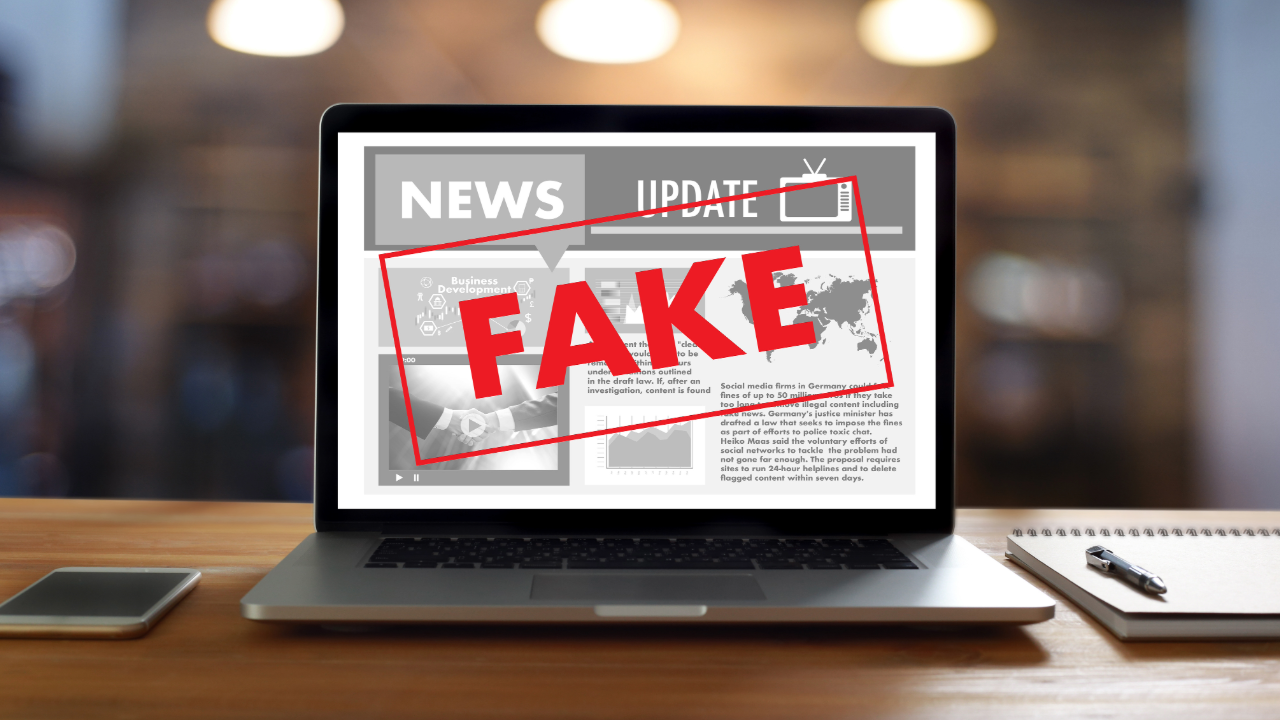How to Guard Against Fakes
In the world of collectibles, trust is everything. A rare coin, vintage card, antique book, or signed memorabilia item may command high prices — but when buyers doubt whether it’s genuine, its value plummets overnight. Forgeries, weak documentation, and broken provenance are not just nuisances — they threaten the entire ecosystem. As one recent report warns, categories once considered “hot” are now losing steam due to oversupply and skepticism.
More disturbingly, in 2025 the collectibles world was rocked by a $350 million forgery scandal. A sports memorabilia dealer admitted to selling millions of forged autographs, fake holograms, and counterfeits under trusted brands. Such cases are reminders: provenance and authenticity aren’t optional extras — they’re must-have guardrails.
Why Provenance Matters — and Why It’s Often Broken
Even well-intentioned sellers can struggle with weak provenance:
- Paper certificates fade, get lost, or are forged.
- Ownership history can have gaps or inconsistencies.
- Physical details (stamps, engravings, holograms) may be duplicated or altered.
- Institutional or marketplace standards for verification are inconsistent.
In recent years, serious collectors and reputable marketplaces have moved toward emphasizing provenance, chain-of-custody, and certification. A listing accompanied by clean, verifiable history attracts confidence; one accompanied by vague “trusted source” claims raises eyebrows.
In the digital-age, emerging solutions like blockchain provenance and secure metadata anchoring offer ways to strengthen authenticity beyond what paper trails can provide. (For instance, see research on blockchain for provenance systems such as SOK: Blockchain for Provenance.)
Academic work further explores how NFTs and blockchain registries can serve as immutable anchors for ownership and authenticity, extending even to analog assets.
How Collectiblepedia Helps You Collect with Confidence
At Collectiblepedia, we don’t just host listings. We strive to elevate standards of trust across the collectibles space. Here’s how we integrate provenance, verification, and user protection into our platform.
1. Built-In Provenance Tracking (Ownership History)
Every collectible in Collectiblepedia has a provenance ledger: a history of who owned it, how it moved, and any notable events (restoration, appraisal, certification). This history is viewable by prospective buyers.
2. Certification & Verified Listings
Sellers can submit certificates, lab reports, grading attestations, or authenticated scans via our Certification Module. These documents become part of the listing metadata, flagged as “verified” when reviewed.
3. Dispute Resolution & Verification Tools
If a buyer doubts authenticity, they can trigger a verification audit via Collectiblepedia’s tools. Disputes are managed via documented evidence, third-party review, or platform arbitration.
4. Document Archival (Scans, Certificates, Imaging)
Important historical documents — scanned invoices, certificates, photos of signatures or stamps — are archived in the system. All files are time-stamped and versioned, so future buyers or verifiers can trace back.
By combining provenance tracking, certification, archival, and dispute infrastructure, Collectiblepedia gives collectors, sellers, and buyers a shared foundation of trust.
What to Ask / Verify When Acquiring a Collectible: A Mini Checklist
Before you commit money or reputation to a piece, make sure you can answer:
- Original Certificates & Documentation — Are there invoices, appraisals, or grading reports?
- Past Owners / Custody Chain — Can you see who owned it, in what order, and when transfers occurred?
- High-Quality Imagery — Detailed photos or scans of signatures, stamps, edges, condition marks.
- Physical Identifiers — Serial numbers, holograms, micro‐etching, NFC tags, unique markings.
- Verification of Documents — Are the certificates themselves authenticated or tamper-evident?
- Consistent Condition Reports Over Time — Does the condition match what past reports say?
- Transparent Grading / Certification — Who graded it, by what standard, and when?
- Dispute or Return Policy — If something goes wrong, what recourse do you have?
If any of these is missing or vague, treat the listing with caution.
Conclusion: Collect With Confidence via Collectiblepedia
In a world where fakes proliferate and documentation can be forged, a strong provenance system is no longer a luxury — it’s essential. Collectors, buyers, and sellers need tools that go beyond trust-by-claim to trust by evidence.
With Collectiblepedia, you get a platform designed to spot fakes, preserve provenance, and back every collectible with credible history. Whether you’re listing, buying, or cataloging, our verification, archival, and dispute infrastructure give your collection the legitimacy it deserves.
When you use Collectiblepedia, you collect with confidence — because your items carry history, proof, and trust.







